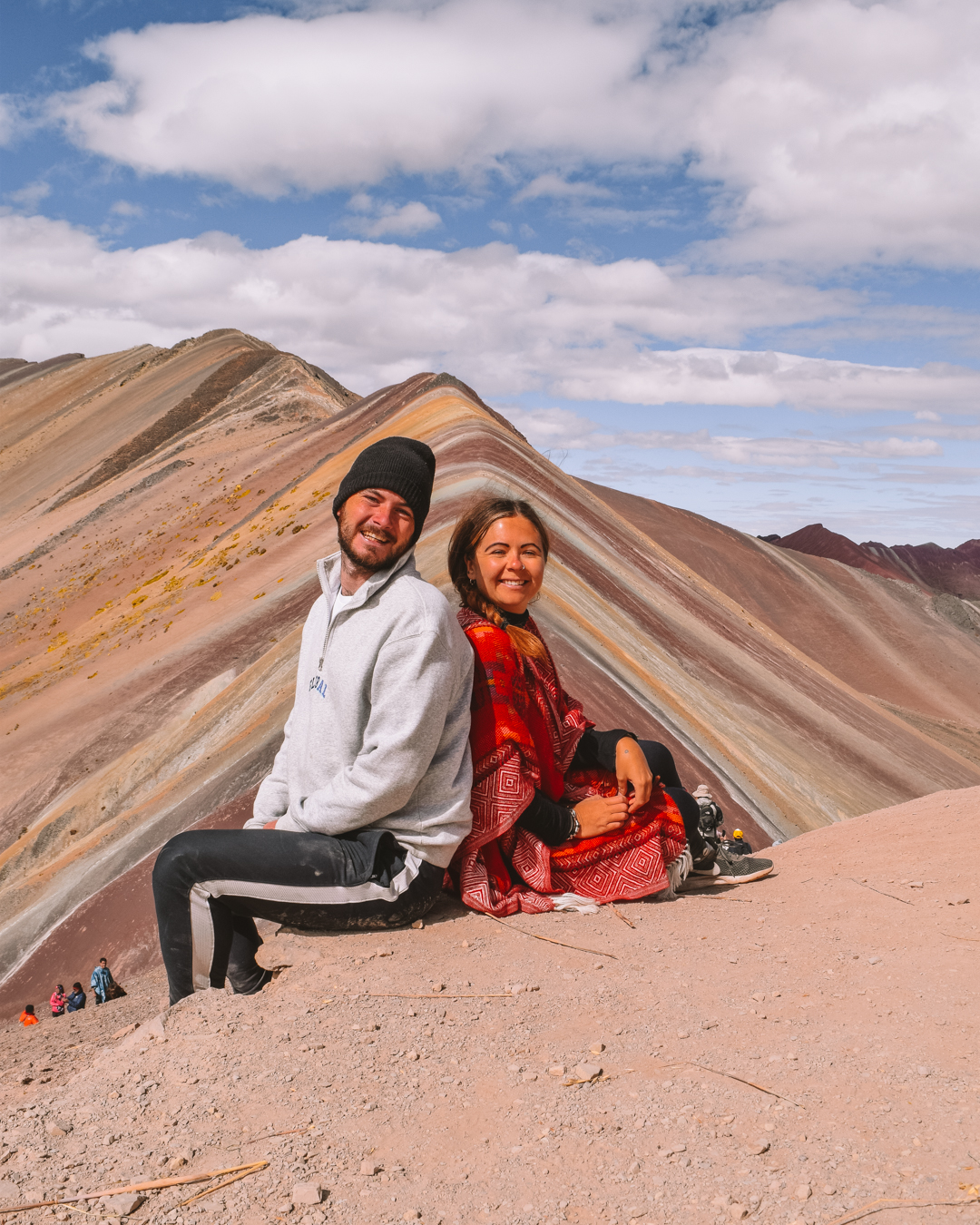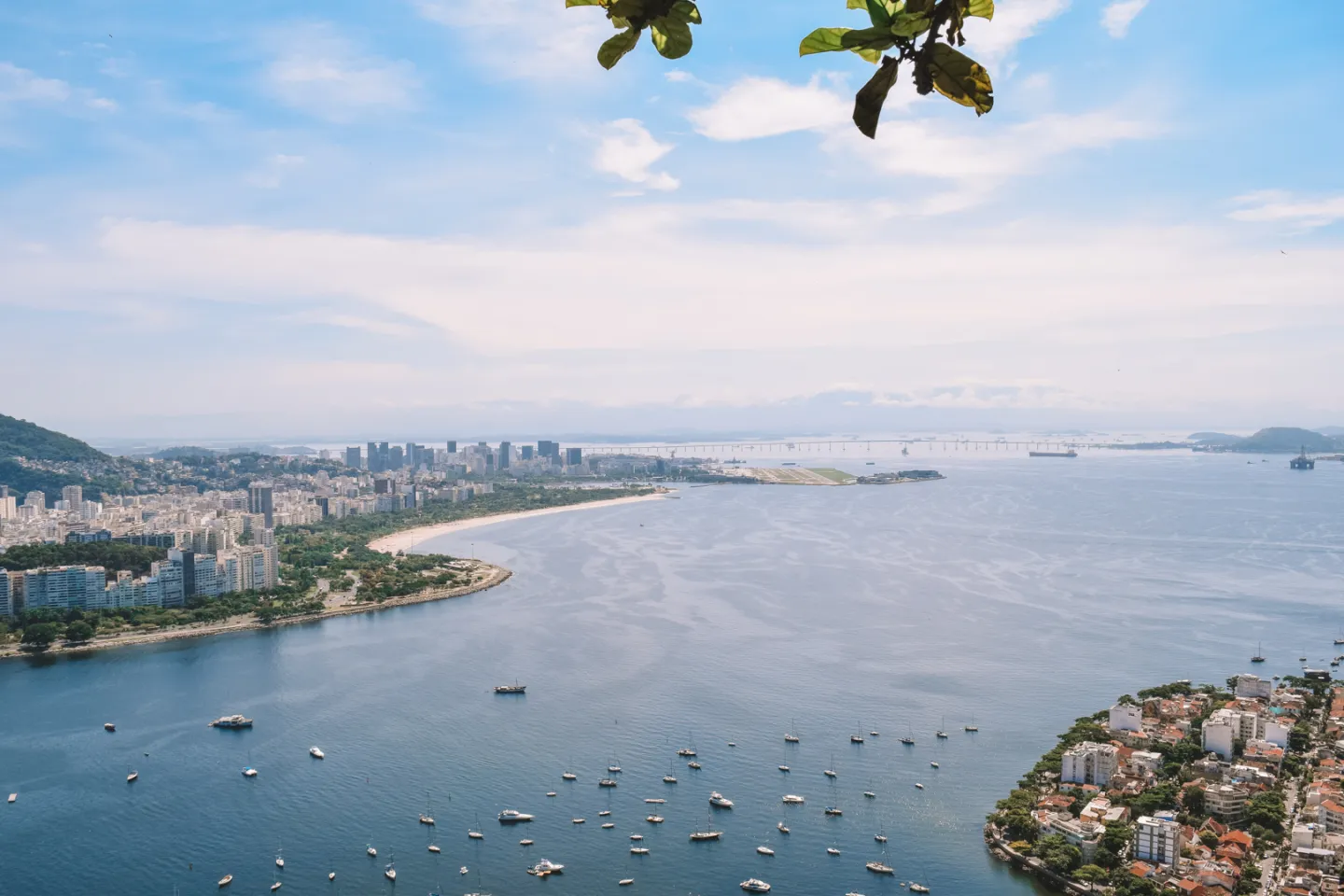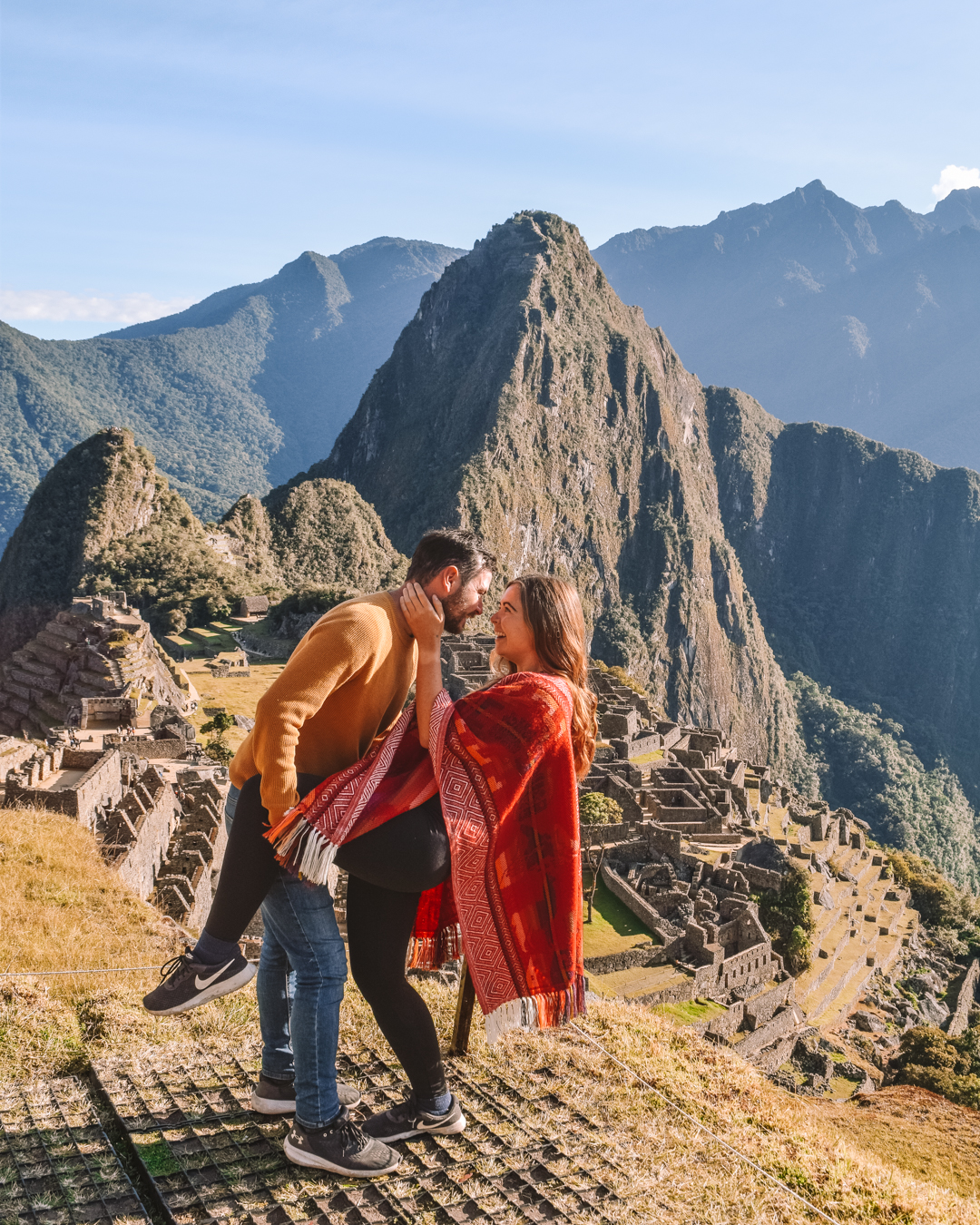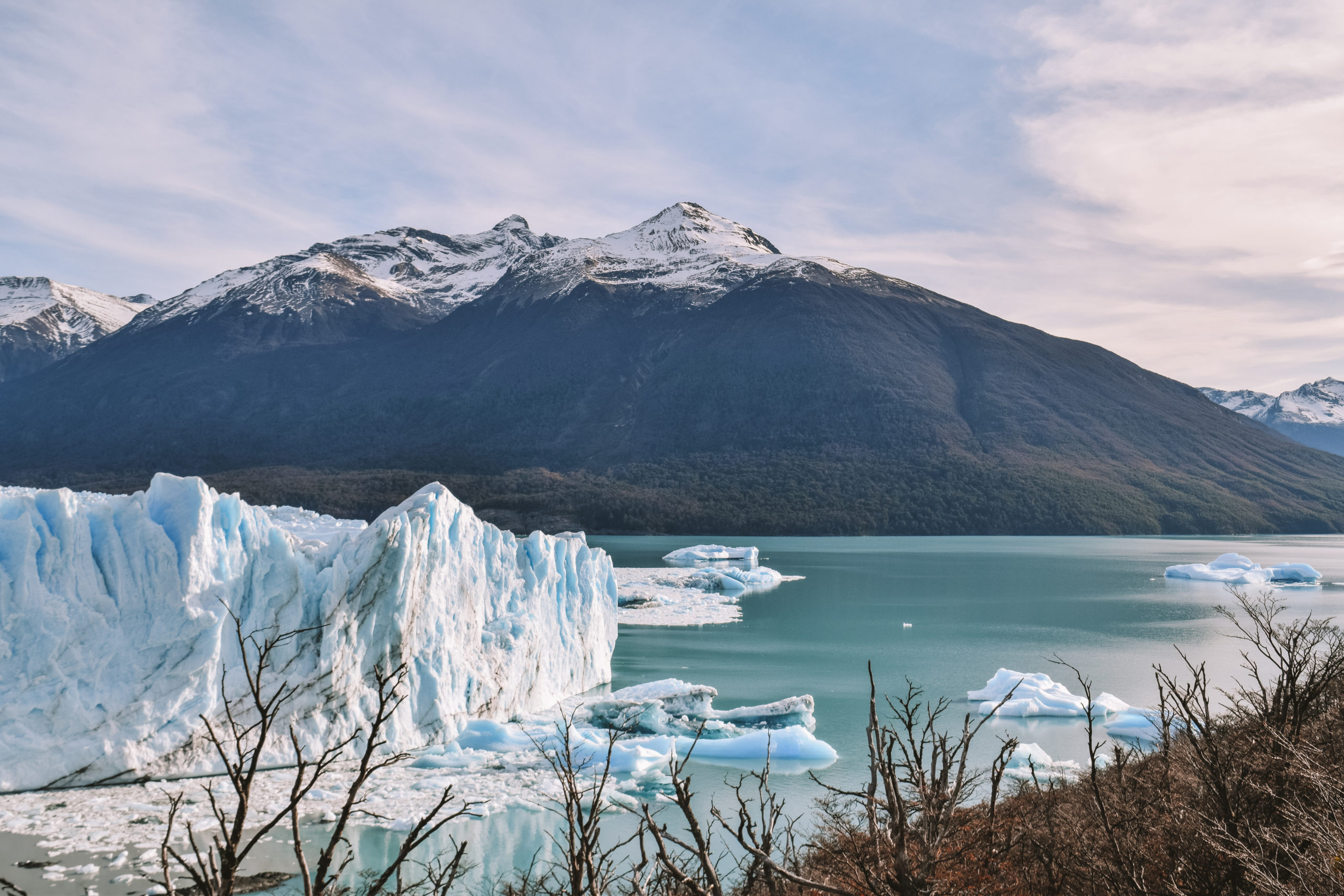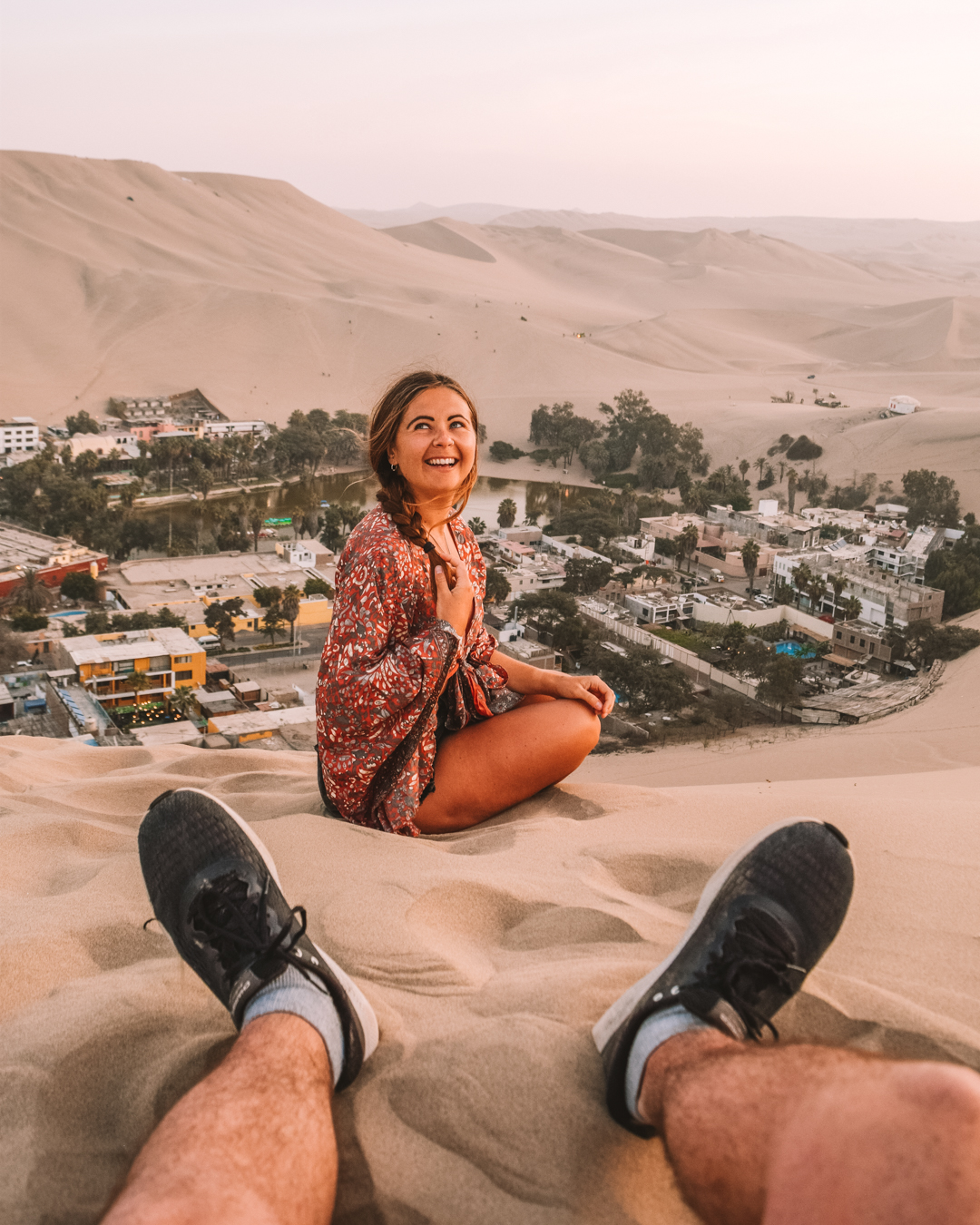Patagonia: Everything You Need to Know to Road Trip travelling Patagonia
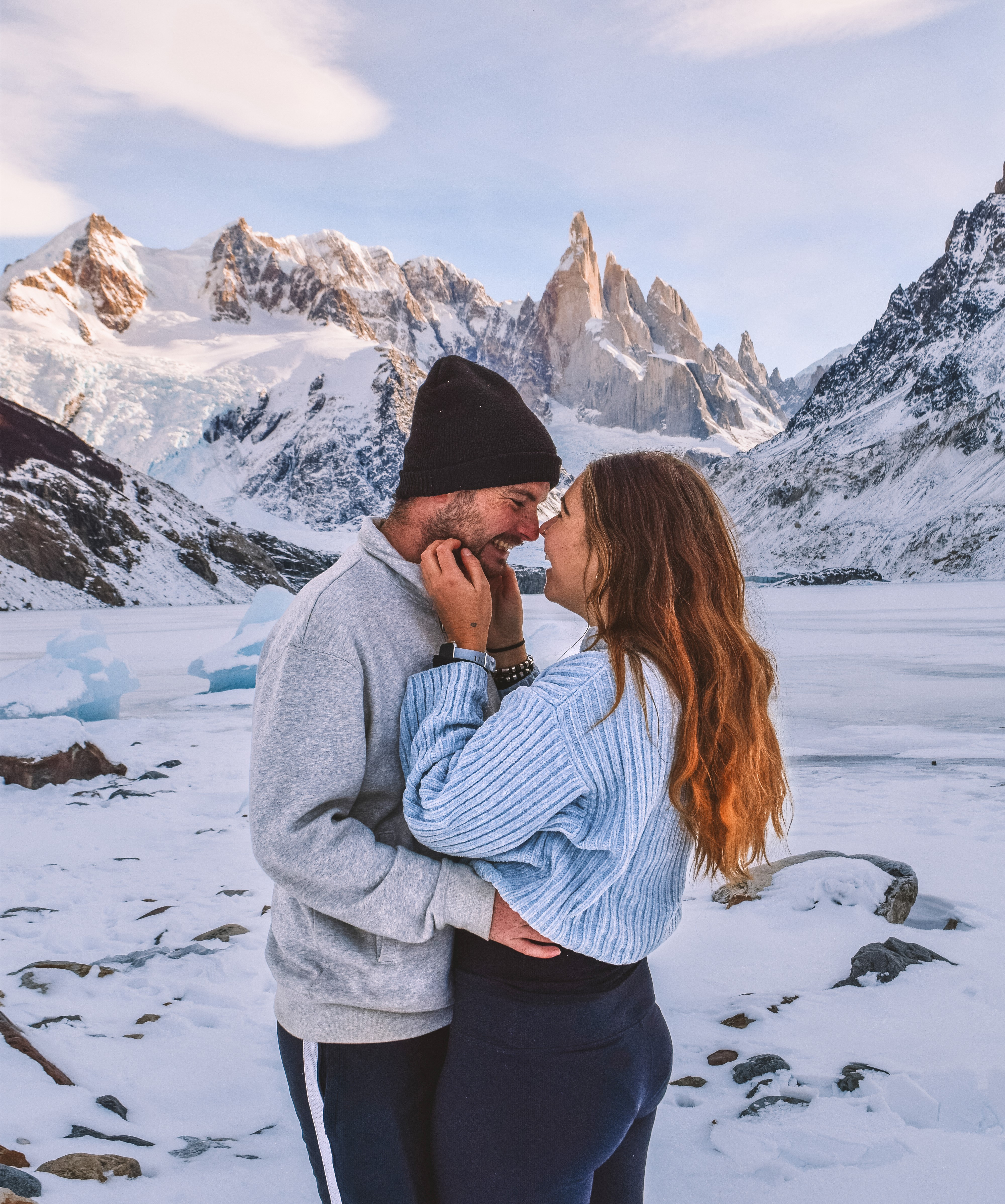
There are a number of places around the globe that just lend themselves to a road trip. Travelling Patagonia is one of them; a place of rugged mountains, extreme seasons, and a whole host of different animals, running along the vast, open roads.
Patagonia is the ideal place to pack up your backpack, grab your camping stove, jump in your car and set off on an adventure of a lifetime.
However, when it comes to planning your Patagonia road trip the task can feel daunting, Patagonia is not only huge but also vast and spread across two countries; Chile and Argentina. The weather conditions are harsh and public transport is often unreliable. Being a lesser travelled spot, there’s also really not that much information available on it and prices can be much higher than the standard backpacker budget.
Despite all these facts (or maybe because of them), our adventurous souls and excited nature were driven to visit Patagonia more than ever. We finally fulfilled the amazing bucket list destination.
Travelling to both the Chilean and Argentinian parts of Patagonia is, for many of us, once in a lifetime adventure and one we want as many people as possible to be able to enjoy. That’s why we’ve created this guide on everything you need to know before travelling to Patagonia. We spent an incredible 3-weeks road tripping through the region and now we have put together this guide full of all the essential things to remember before setting out on your own road trip to help you.
Looking for inspiration on where to visit Patagonia? Also, read The Best Places to Visit in Patagonia – Argentina and Chile
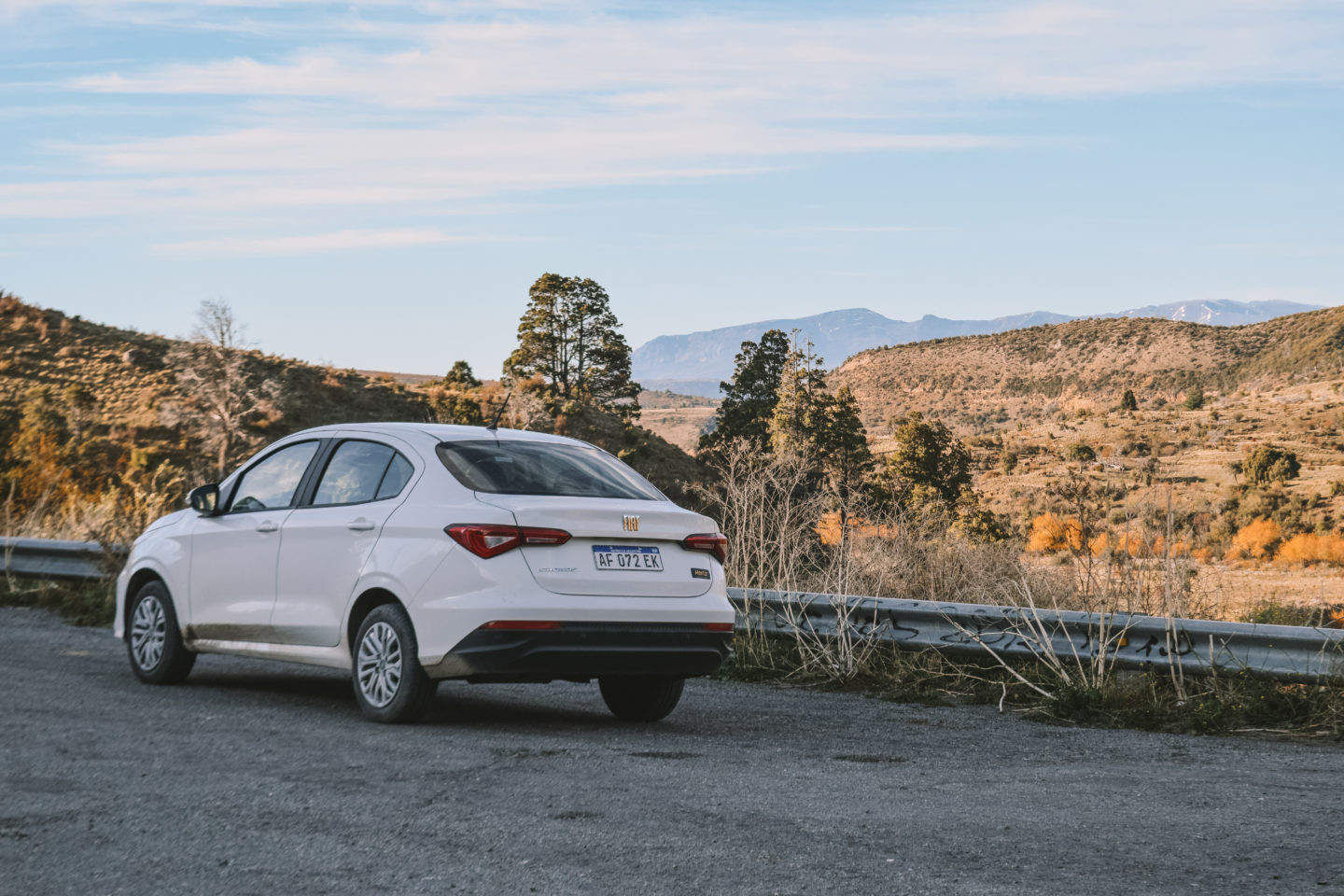
Where is Patagonia?
Patagonia is a huge geographical region spread across Argentina and Chile that spans from the centre of South America all the way down to the most Southerly point, Ushuaia.
The region covers an area of a whopping 409,500 sq miles (1,060,600 sq km) and is filled with some of the most incredible sites including glaciers, huge lakes, the Andes Mountains, waterfalls, and fjords.
The Atlantic Ocean surrounds Patagonia in the east and the Pacific Ocean in the west.
The southern tip of Patagonia ends with Tierra del Fuego, located in Ushuaia, the southernmost city in the world and the gateway to Antarctica. An epic experience to add on if you can to your visit to Patagonia.
Patagonia is known for its pristine nature and unspoiled wilderness, incredible views, and even better hiking trails. Making travelling Patagonia the ultimate adventure destination for those wanting something a little more off the beaten path!


How to Get to Patagonia
Start your Patagonia travel in Bariloche
There are many different spots in Argentina and Chile where you can begin travelling Patagonia. One of the most popular, and the spot we entered via, is Bariloche.
Located in the South of Argentina and is said to be the gateway to Patagonia. Bariloche is the perfect introduction to Patagonia with its many lakes and mountains. The drive-out is also immensely beautiful so it’s well worth visiting.
Fly into Patagonia
Another option is to fly to Patagonia’s main airport, Punta Arenas Airport (PUQ). To get to one of these spots you can either fly into Santiago or Buenos Aires and then take a connecting flight to wherever you choose to start your Patagonia road trip.
How long should I spend travelling Patagonia?
Patagonia is a whole other world and there are so many incredible sites to see. You could easily spend 6 months travelling Patagonia and still feel like there are parts you haven’t touched. We spent just 3 weeks travelling through Patagonia which was great for us to see some of the amazing highlights and enjoy the ever-changing weather. We wouldn’t recommend spending any less time than 3 weeks in the Patagonia region unless you are only visiting a small section of it.
What should I pack for a Patagonia road trip?
Patagonia is known for its harsh weather conditions and you can experience all 4 seasons in 1 day. Even if you are visiting in summer it is worth packing a hat, gloves and a scarf when travelling to Patagonia. Equally, you should make sure you have a sun hat and sunglasses packed for when the sun comes out!
We visited during winter and it’s safe to say, it was freezing! We wore many layers. I, Reanna, wore fleece leggings (the budget alternative to thermals) from Primark. A thin polar neck jumper, a thick woolly jumper and a coat. Plus, a hat, woolly socks and gloves. Chris also wore the equivalent and we were still a bit chilly. Just make sure you have enough layers so that you can strip off when you need to. Also, pack waterproof clothing in case you are faced with snow. This happened to us quite a few times!
Where should I hire a car to travel Patagonia?
Car hire in Patagonia isn’t known for being cheap. However, it’s not as bad as we were expecting. There are ways to ensure you’re getting a bit more bang for your buck (see the next point). However, there are plenty of car hire companies mainly based in Bariloche. We opted to hire a car through Hertz however, we booked through a 3rd party as it made it cheaper. Just be sure to shop around and book as far in advance as possible prior to your Patagonia visit. We booked online and collected our car from Bariloche downtown. We then returned it to Bariloche airport so that we could get straight on our flight to our next stop. We found Bariloche to be the ideal start and finish spot when travelling Patagonia.


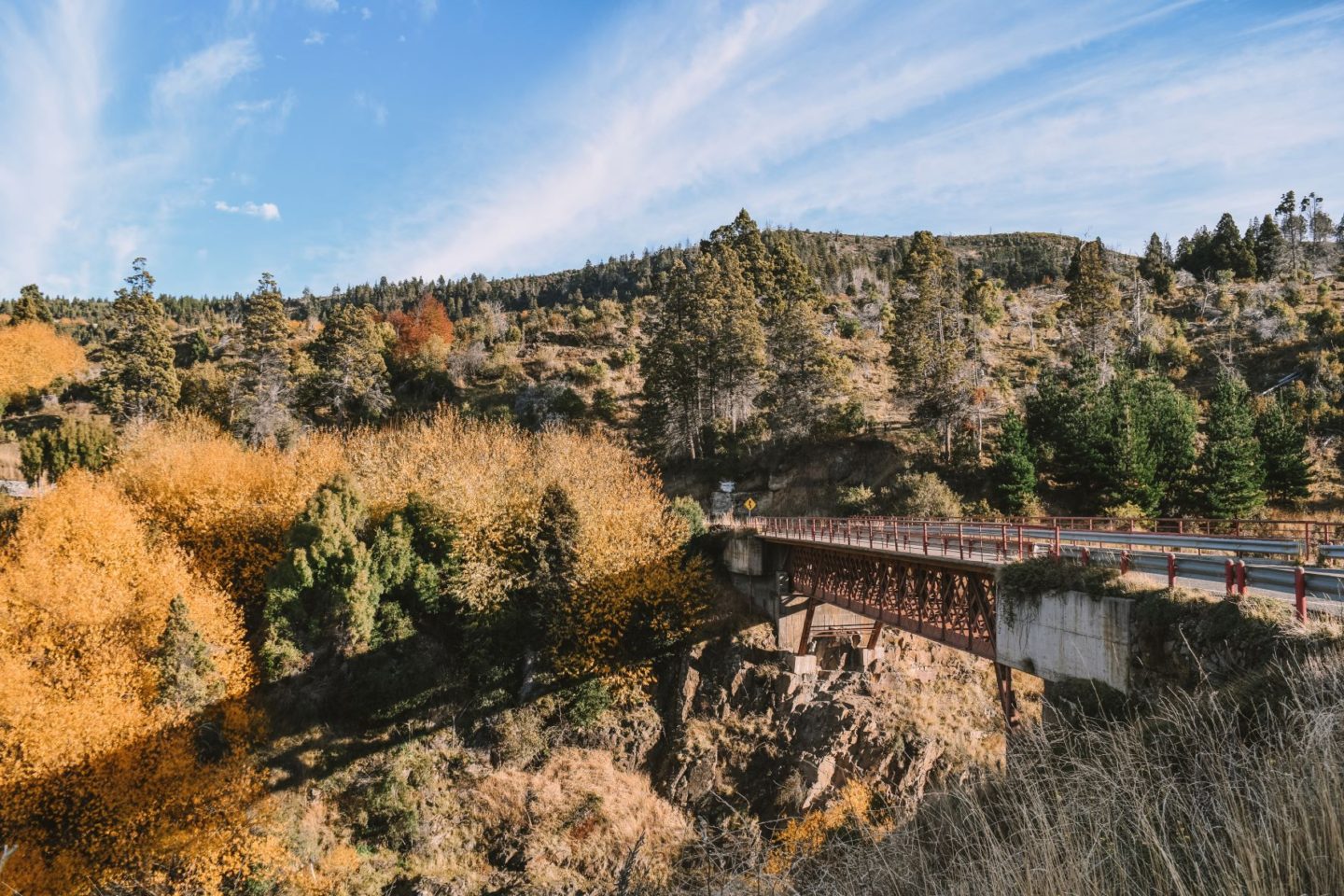
How to hire a car for less when travelling Patagonia
If you are worried about your budget, be sure to book your car in advance. Also, get a 2wd instead of a 4wd. The roads are dirt roads and generally aren’t the best however, it was more than fine in a smaller car. The only times we struggled were when it snowed. Here a bigger car definitely would have helped. However, the snow chains (which came with our car) made it bearable.
To keep the cost down also make sure that the pick-up and drop-off locations are the same. This makes a huge difference to the total price and it can even be worthwhile to return the car to the same spot and get a flight to your next destination. This is what we did when we visited Patagonia.
Our final, and most important tip is to pay with cash when you hire your car in Argentina! Paying for a hire car in cash might sound strange, especially if you’re like us and hiring the car for an extended period of time. However, it kept the cost of the car down by about 50% had we paid using our debit or credit card. This is because of the Blue Dollar Rate.
What is the Blue Dollar rate?
The Argentina currency, Pesos, is extremely unstable. Whilst this may not be great for Argentinians, it does make it a lot cheaper to travel around the country and visit Patagonia on a budget. There’s a lot of information out there on the Blue Dollar rate that isn’t super clear.
In basic terms, the Blue Dollar rate is a better exchange rate for your USD or other stable currency than the Argentine Pesos.
To be able to get this exchange rate either bring USD with you and exchange it in a spot like Florida Street in Buenos Aires. Here you will find tons of people who are looking to buy USD from you at a better rate than the official one. They will be shouting “Cambio, Cambio” and will take you to a little ‘office’ where you can exchange your dollars.
The other way and the way we found to be the most cost-effective, was to download the Western Union app. Then transfer the amount you would like to change onto it and then head to a Western Union to collect it in cash. Western Union will give you your cash in the Blue Dollar rate, not the official rate. So, even with the small fee the app charges, Western Union offers the best Blue Dollar rate.
Things to remember when driving through Patagonia
1. The roads aren’t paved in Patagonia
Don’t plan a road trip through Patagonia expecting tarmacked roads as that is certainly not what you’re going to get! The roads are made of gravel, dirt and a sand-like substance and are sometimes covered in snow. Be sure you’re a confident driver before taking on Patagonia and manage your expectations for how easy the drives are.
2. The drives are long
Not only is Patagonia absolutely huge but, the roads aren’t paved well and Google maps don’t account for this. A 1.5-hour drive can end up taking you 3 hours. Ensure you account for this when planning your day.
If you are planning on driving a long distance during the day, we recommend looking at Google Maps in advance and asking someone at your hotel/hostel if this is the best way to go. Potentially the way that Google Maps says takes longer will actually be shorter due to the road conditions. Also, use the “Google street view” option to look at the road conditions. If they are gravel, we would avoid them for long distances.
Lastly, use logic. If you are driving along and Google Maps tells you to turn off a paved road onto a dirt track; just don’t do it. We did it a few times and very occasionally it paid off, mostly, it didn’t.
3. Except the unexpected
Despite going off on our Patagonia road trip during the winter months we still weren’t expecting to see much snow on the roads. Oh, how wrong we were. We hired a fairly small car which was not particularly well-equipped for the snow. Hertz provided us with snow tires which in some spots to keep driving were mandatory so make sure you have some. We also slipped and slid around a bit when driving through the mountains. So, make sure you are ready for that!
4. You need a Chile permit to cross between Chile and Argentina
Crossing the border in a rental car between Argentina and Chile requires planning. It is not something you can do on the spur of the moment. When renting your hire car you need to inform them that you will be crossing the border between the two countries. You will then have to pay a small fee (around £50) for a Chile permit. This is a piece of paper that the border crossings will stamp each time you cross between the two countries. Without this, you won’t be able to bring your car across.
